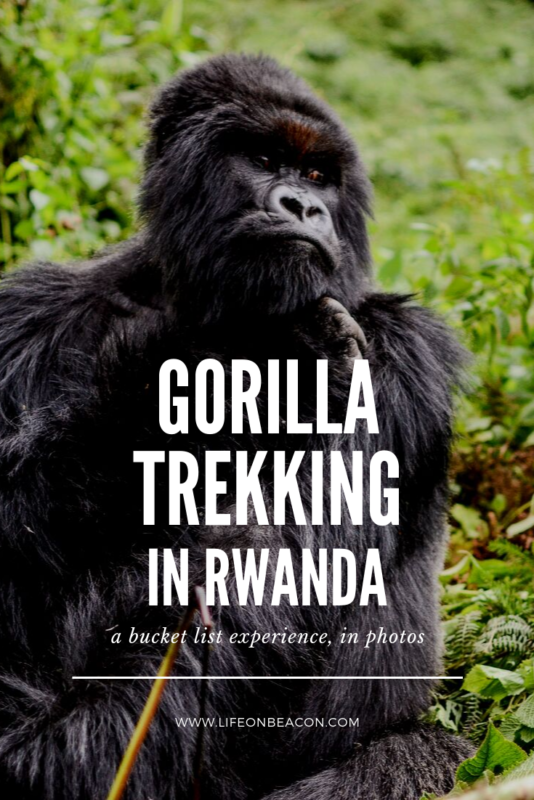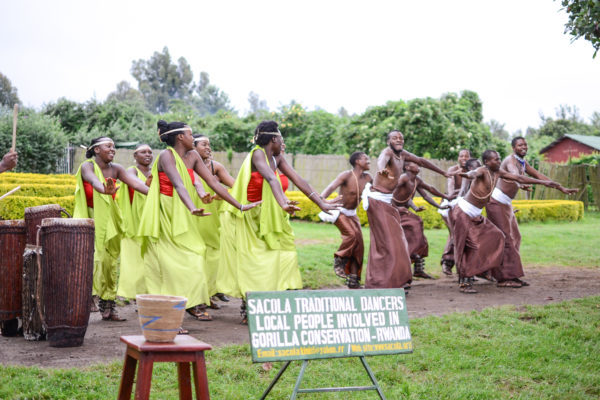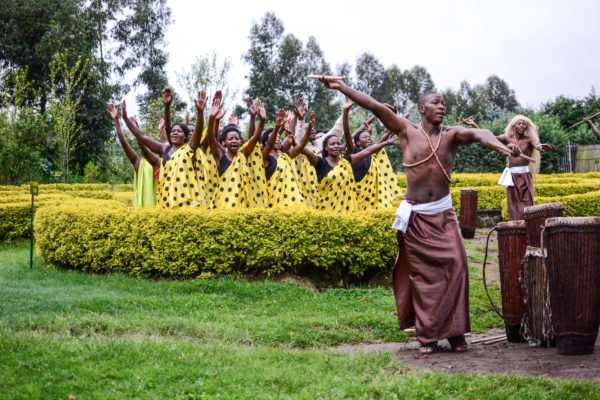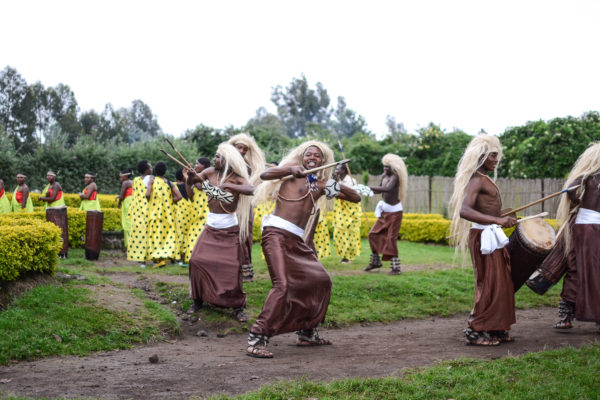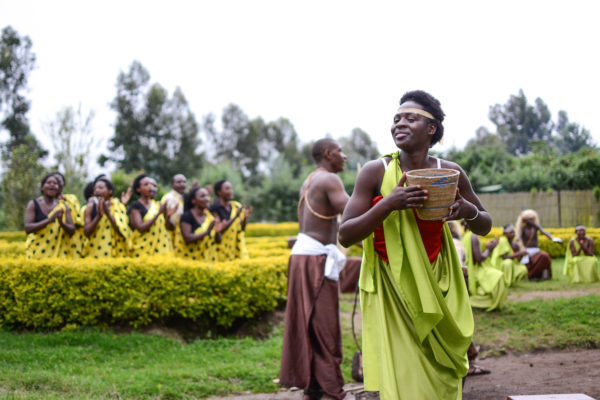Note, this post has a large number of photos, and may take longer than usual to load.
When we told people the first stop on our adventure honeymoon would be Rwanda, Cody and I got some strange looks and lots of questions. Why Rwanda?
Of course, the answer was simple. Gorillas.
It’s been two and a half years and still, looking back on the photos amazes me.
Rwanda is one of only three countries where you can find the critically endangered mountain gorillas. The population lives in the Virunga volcanic mountains which span across Rwanda, Uganda, and the Democratic Republic of Congo (formerly Zaire). Of the three, Rwanda is both considered the safest and has the best supporting infrastructure for tourists, which is why we selected it (permits in both Uganda and Congo are less expensive, though).
Permits are required to trek to see the gorillas are required and can be purchased through the government or on your behalf through a tour agency. We went with the latter option, since it was an included service for the guide company we selected (more about the company we used and the rest of our trip to Rwanda is coming in a separate post). The permits are pricey – they were $750 per person, per day when we purchased ours, and had risen to $1,500 by the time we arrived in Rwanda. The cost of the permits funds conservation efforts, which has led the dwindling population of these gorillas to rise in recent years.
The Rwandan side of the volcanic range sits inside Volcanoes National Park, about 2 hours drive from the capital of Kigali. We stayed locally and left our hotel around 7 that morning to make our way to the park entrance.
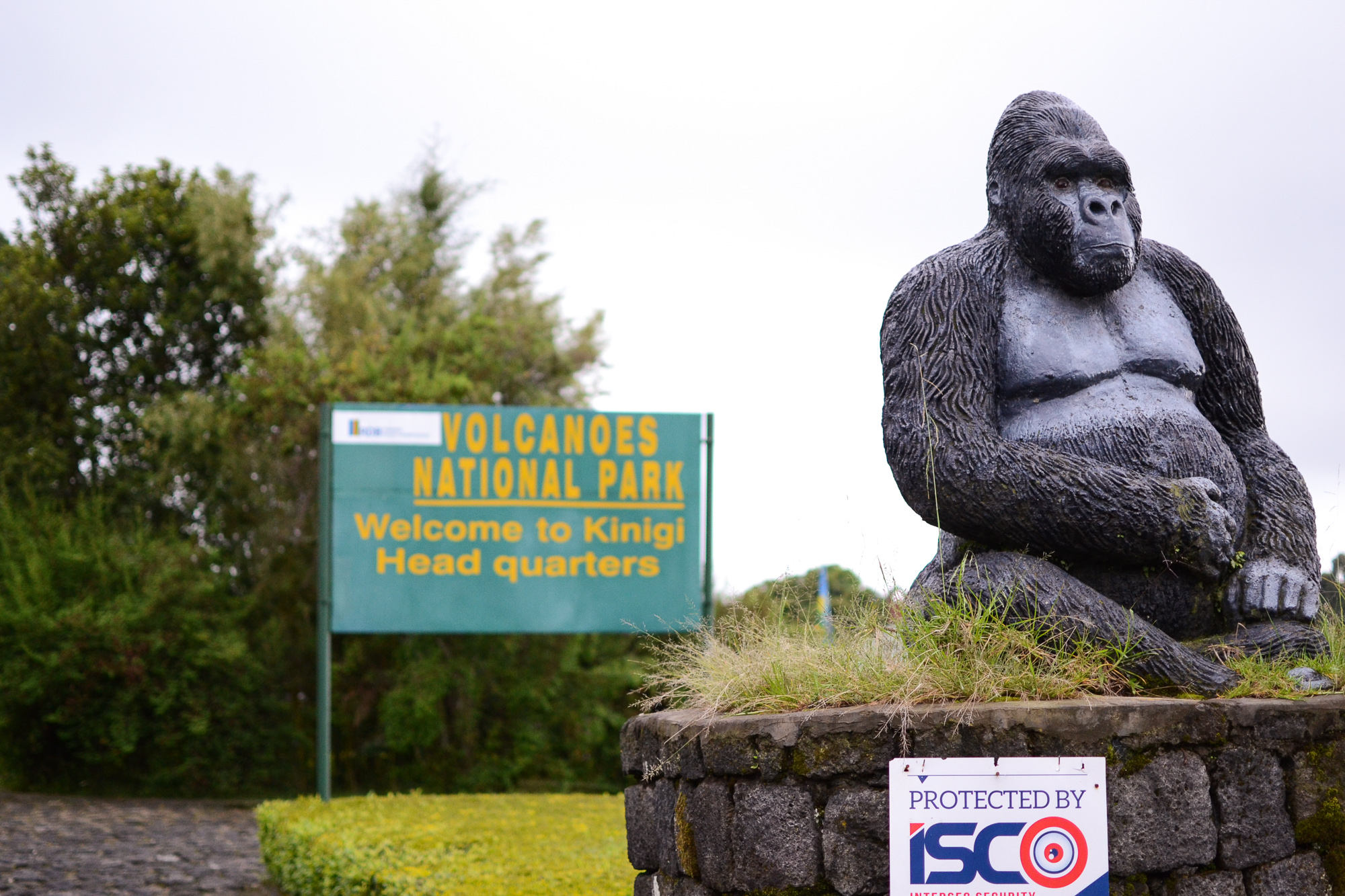
At the park, which is really a small outpost along a local road, the guides all go to confirm paperwork and find out which family you’ve been assigned to while trekkers are entertained by local performers.
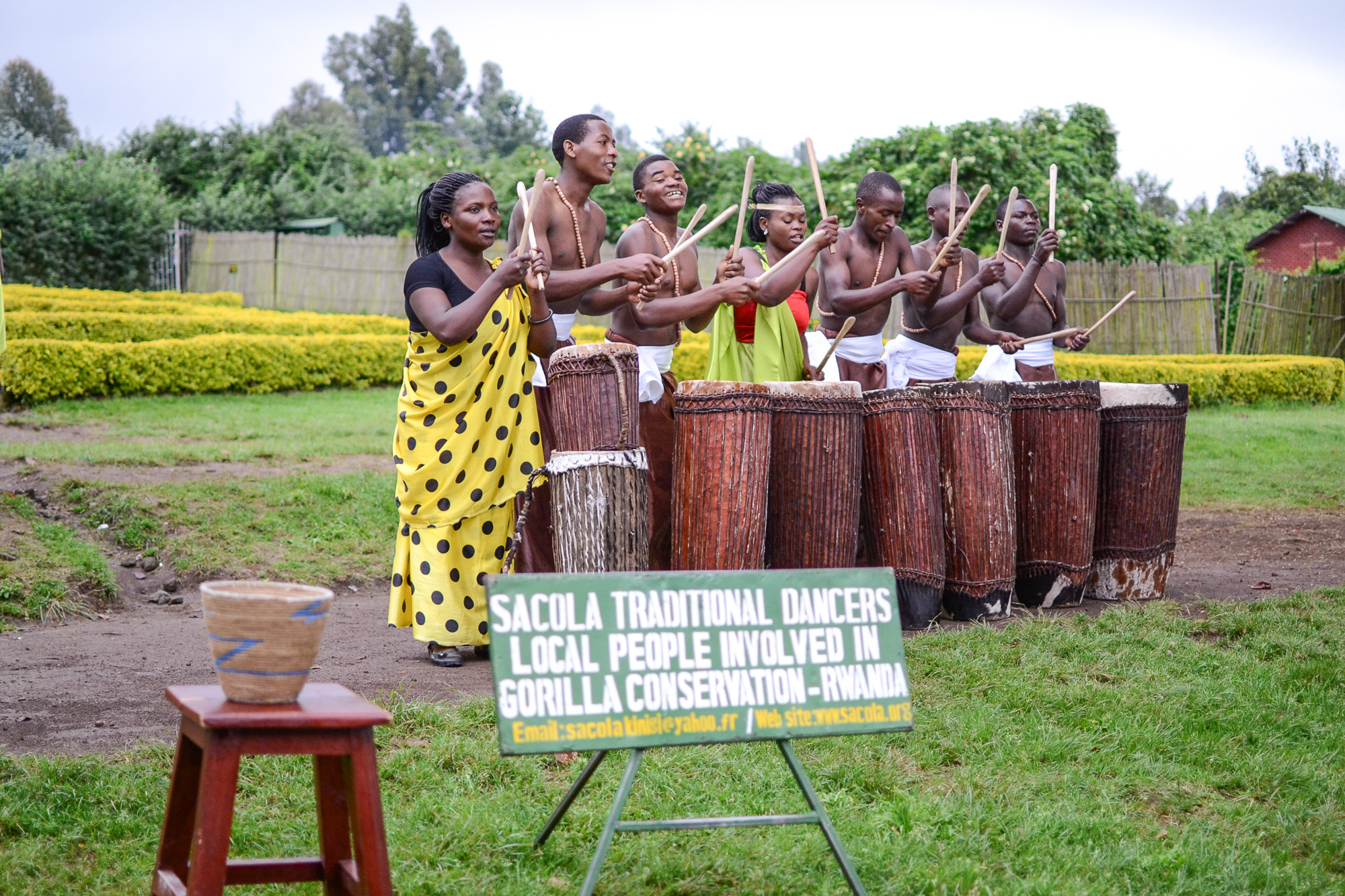
There are 10 habituated gorilla families on the Rwandan side of the mountain range, each claiming a territory in a different area of the park. Each family is closely monitored by a set of trackers, tasked with their protection. We set out from the lodge in four wheel drive vehicles that navigated farmland and rugged “roads” – although I use that term sparingly.
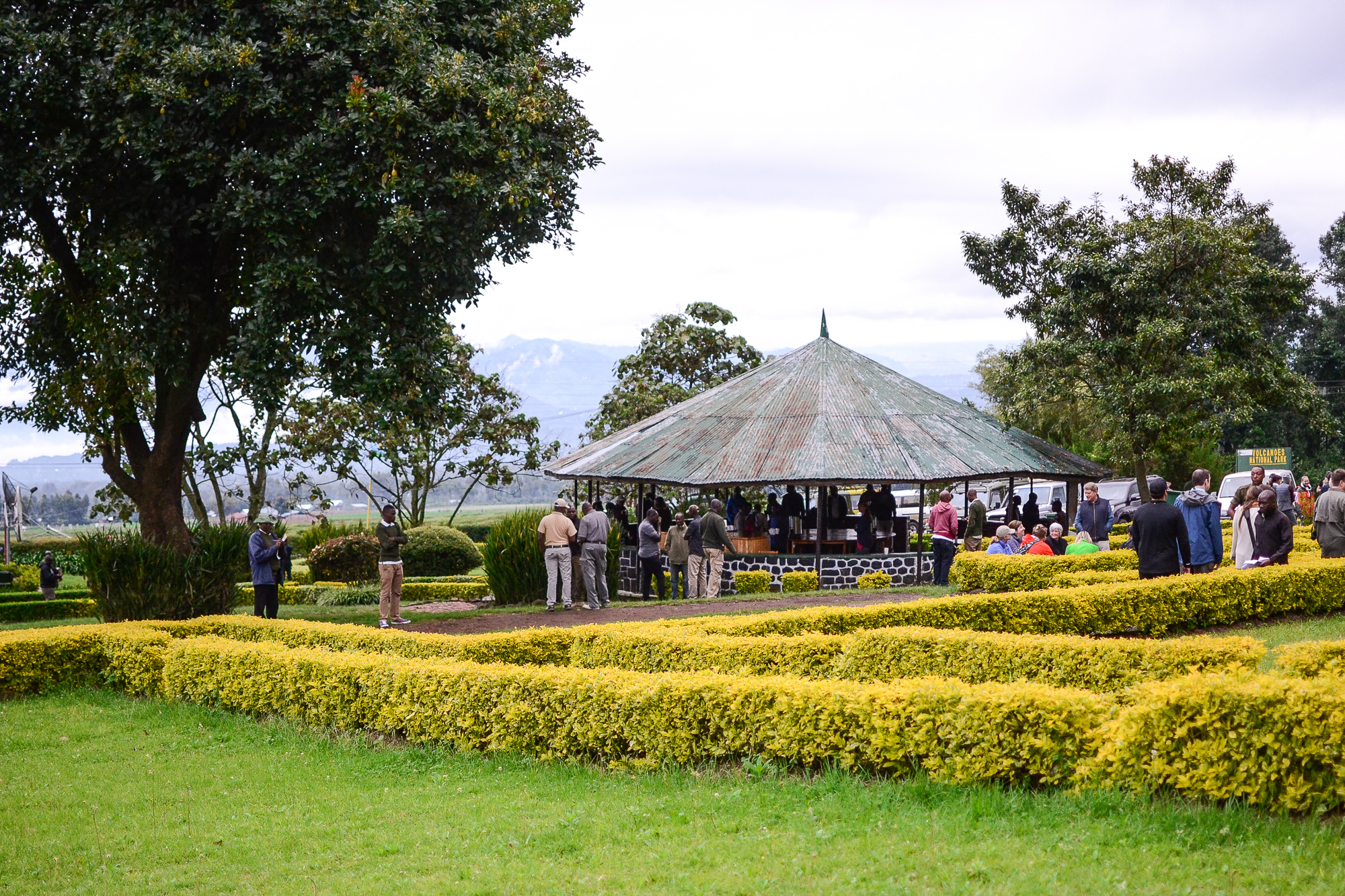

When the vehicles couldn’t take us any further, we had our briefing. We were provided a few basic guidelines for the trek. Don’t get within 22 feet of a gorilla. No direct eye contact or pointing. If one approached you, step back. We learned more about their habits, what to expect, and even how to “speak” gorilla.
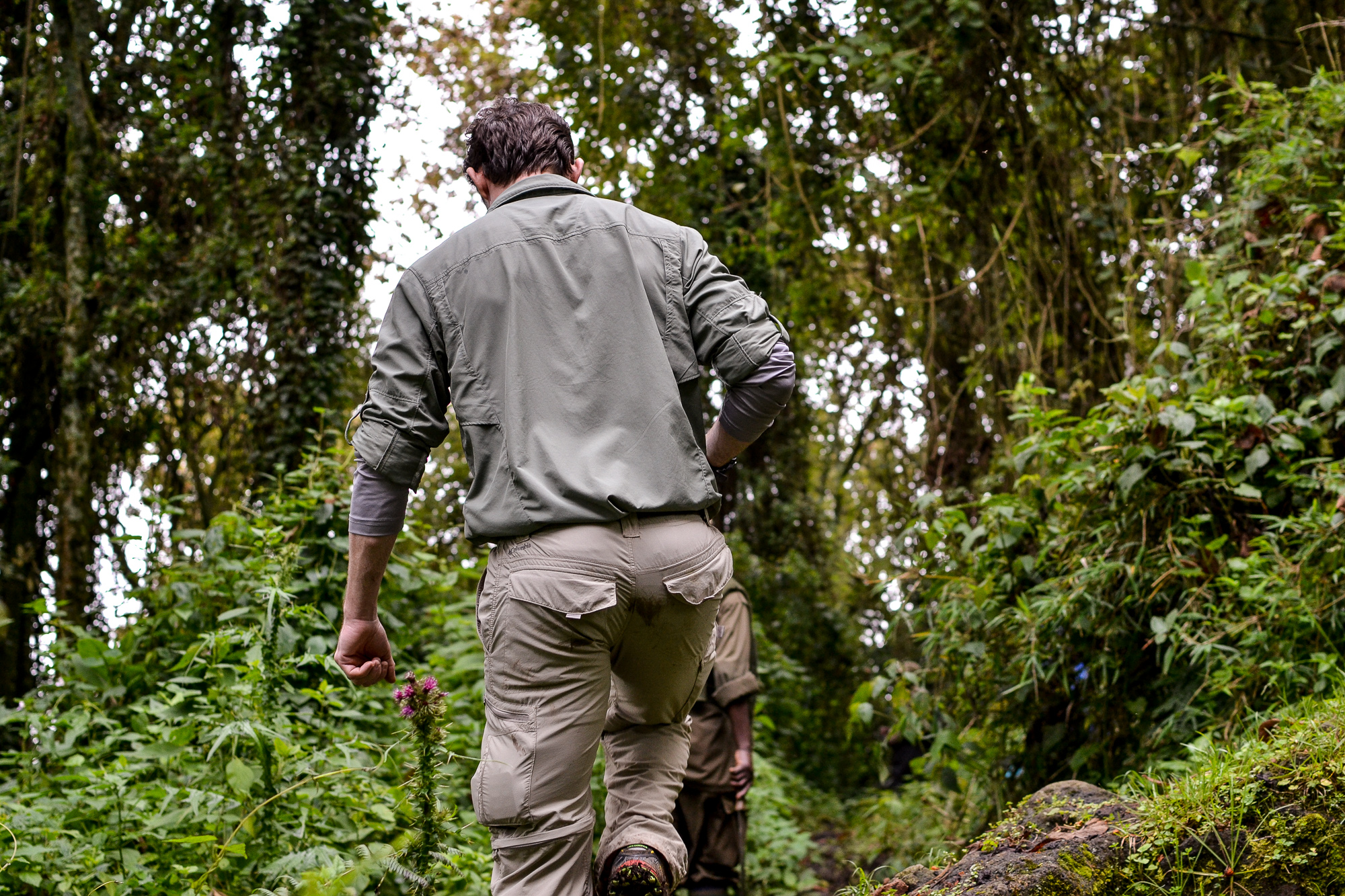
We then hiked the rest of the way. 15 minutes in we crossed the gates into the park, and not 15 minutes later, we were upon our first gorilla. Our one hour clock to observe the family had started.
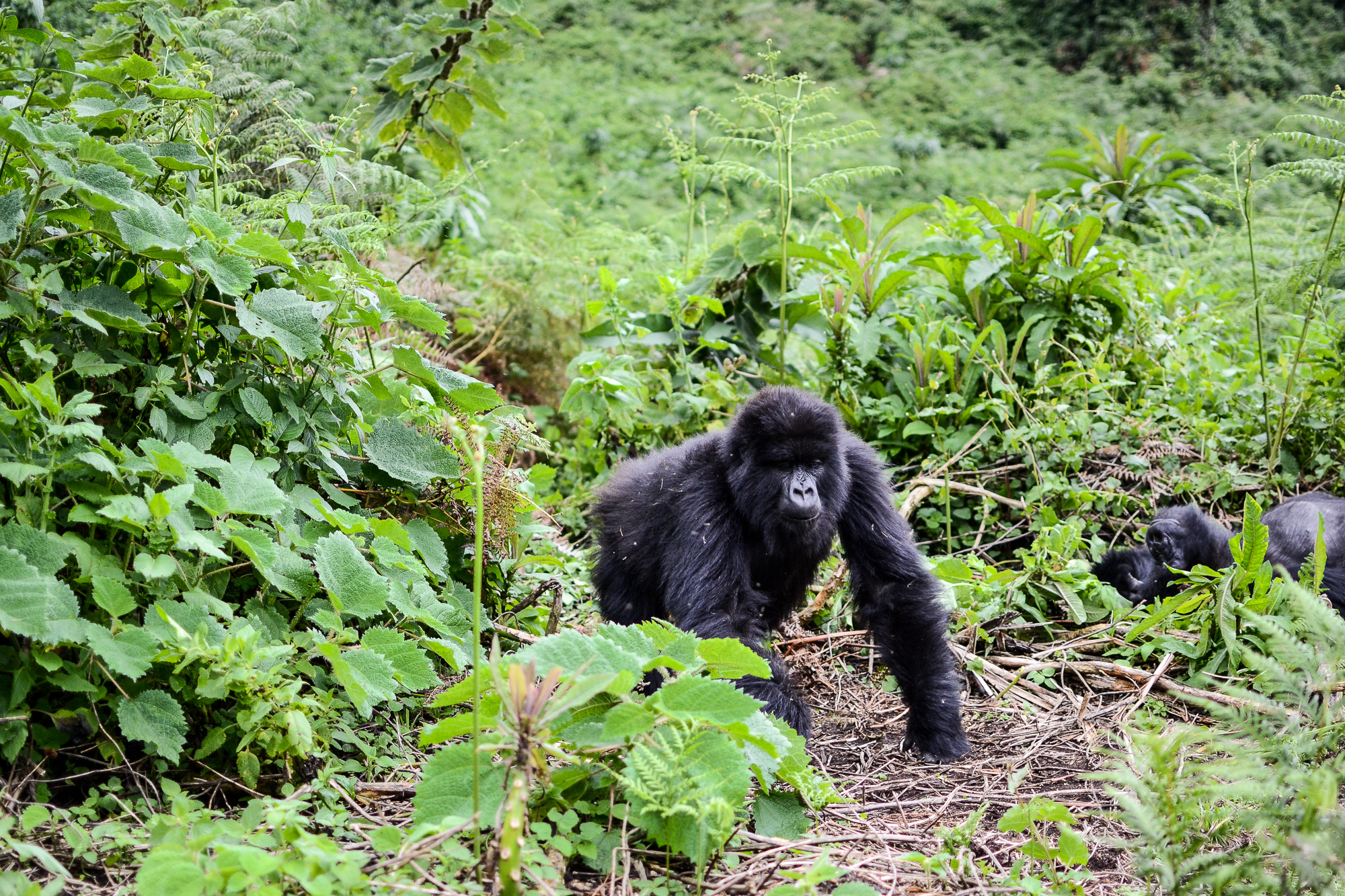
There’s really no way to put into words the experience, so instead, I’ll just share a small sampling of the more than 400 photos we took in those 60 minutes.
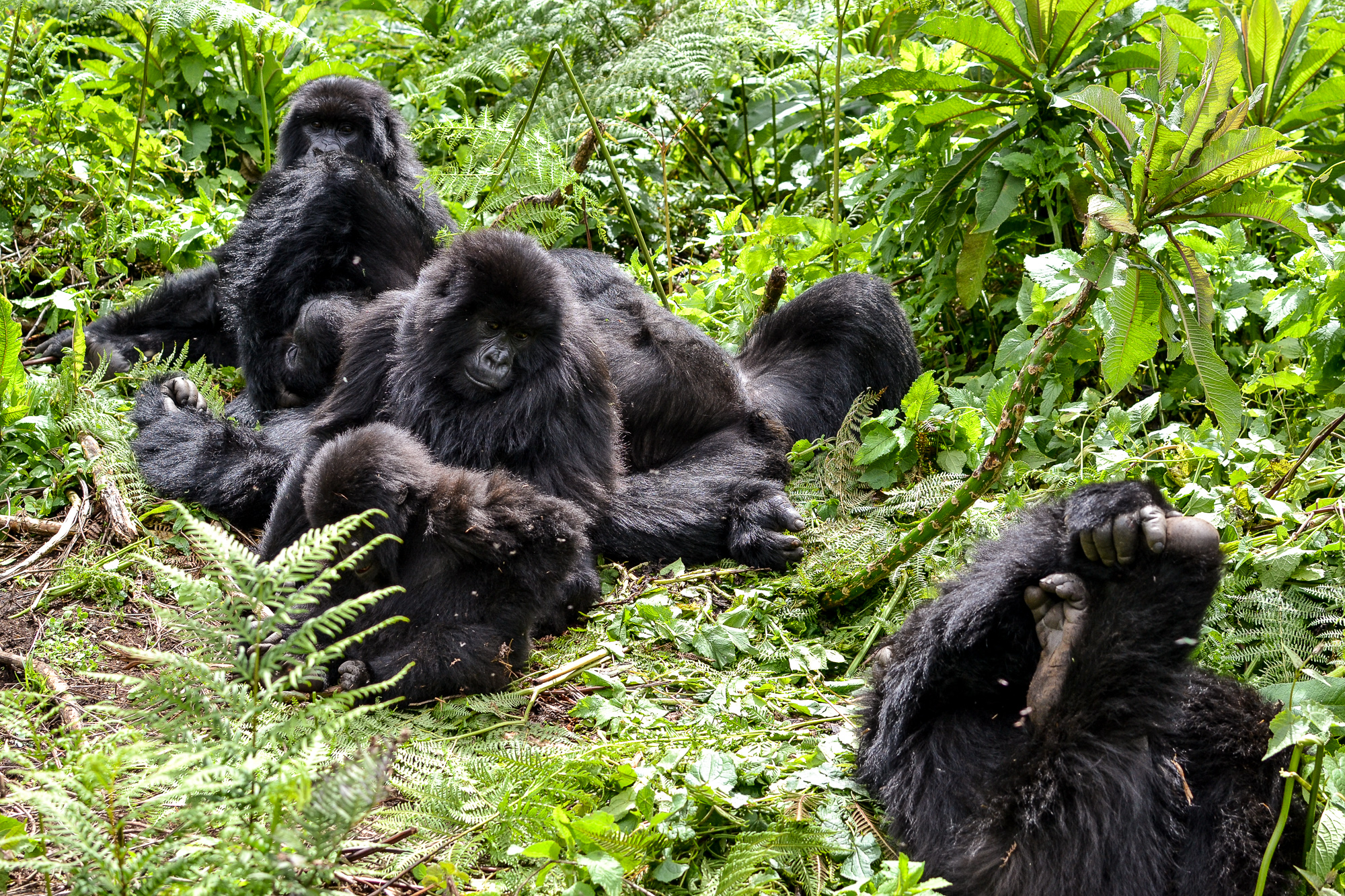


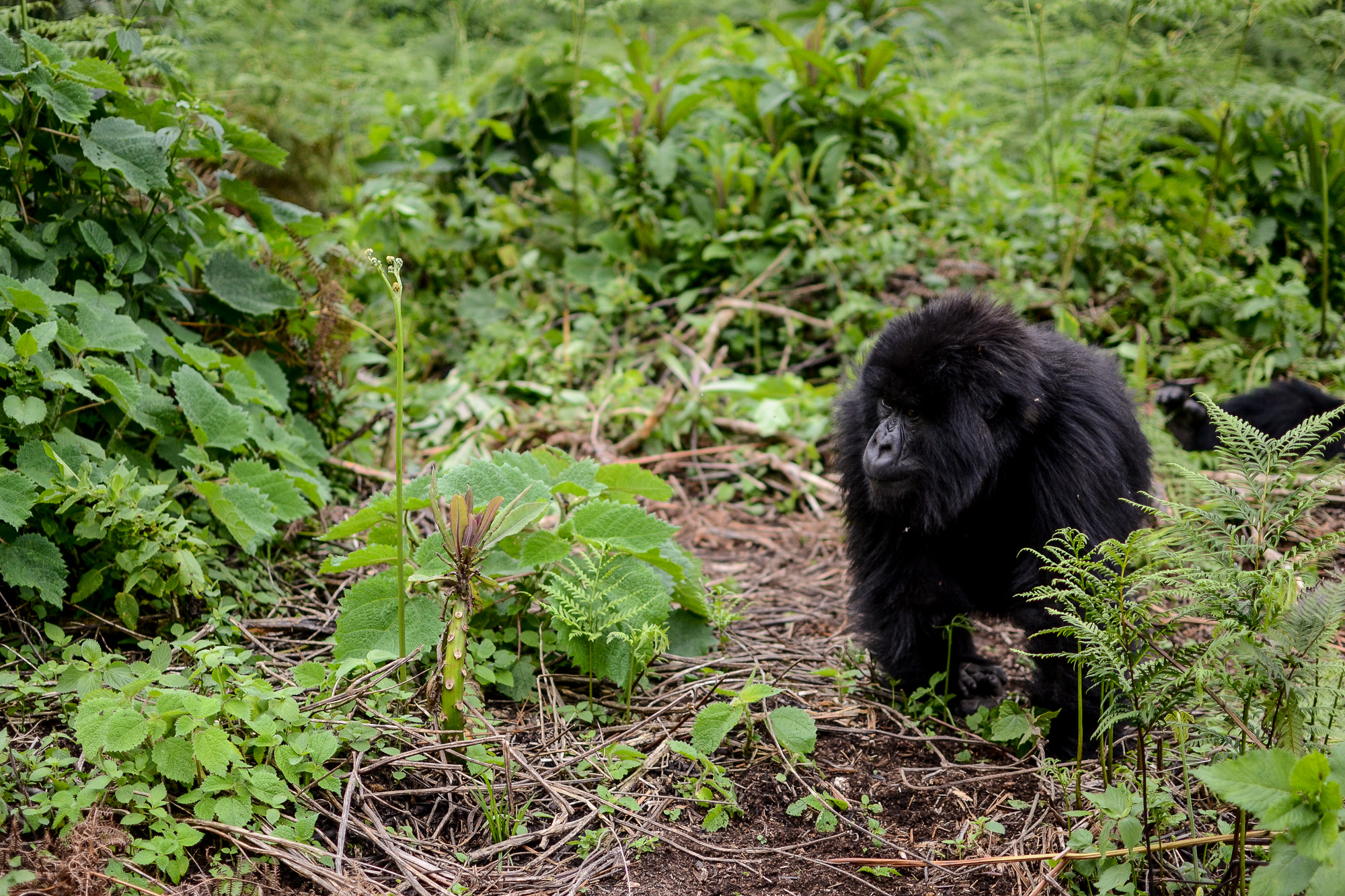
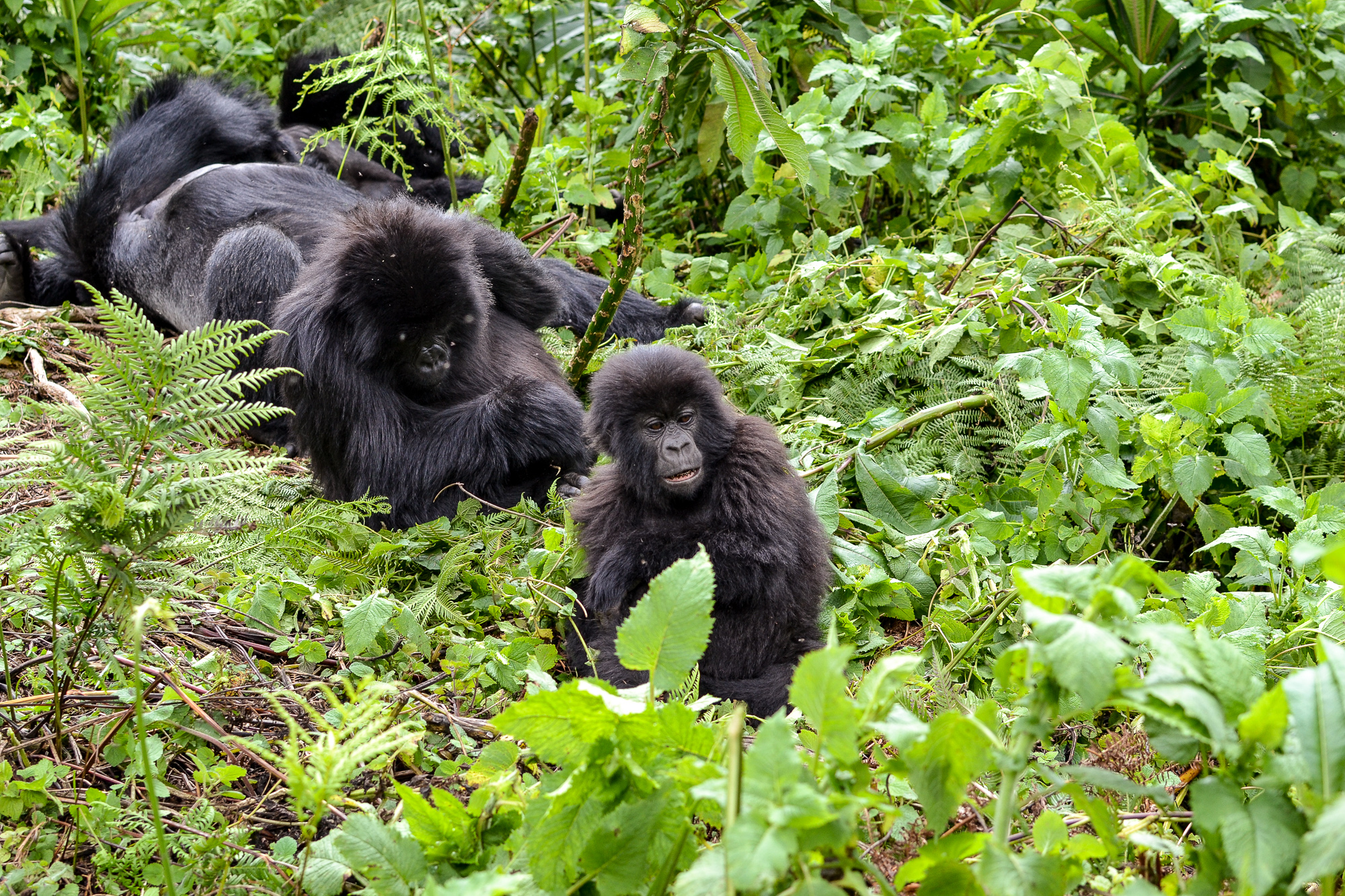
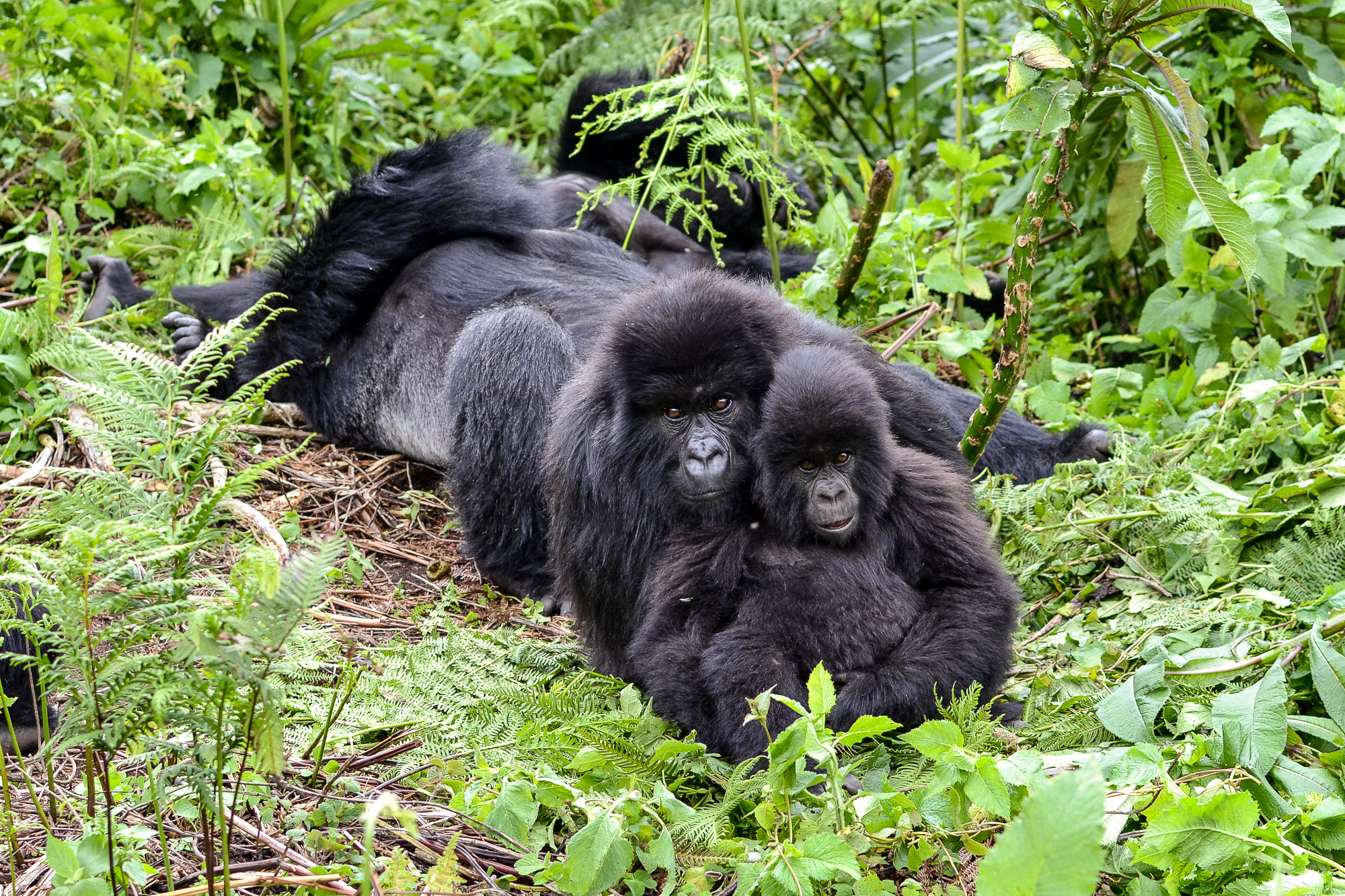
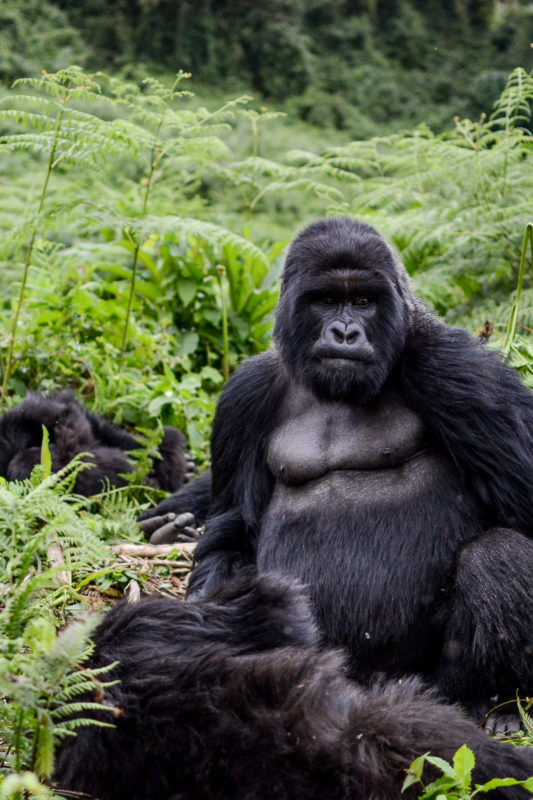
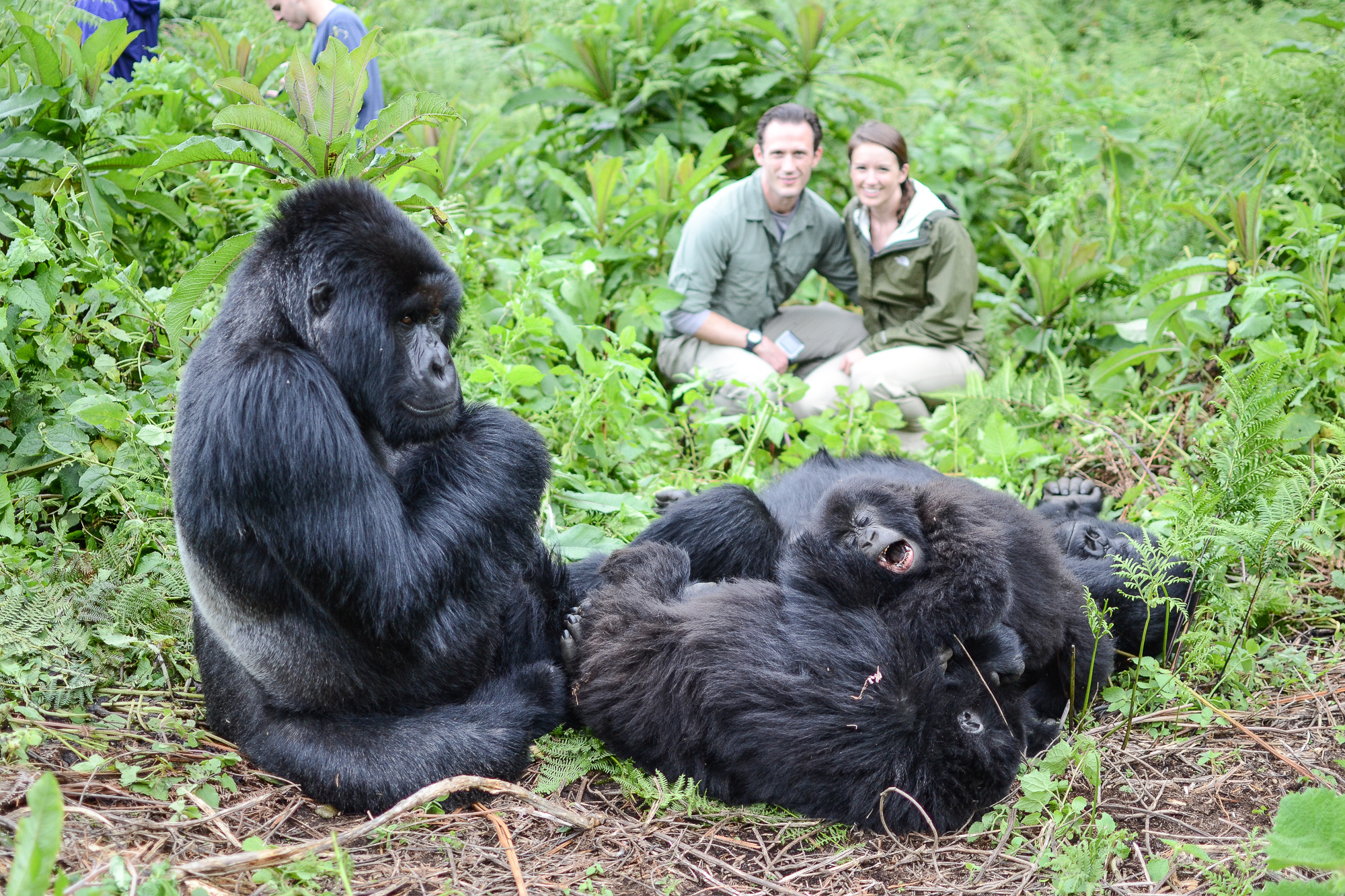
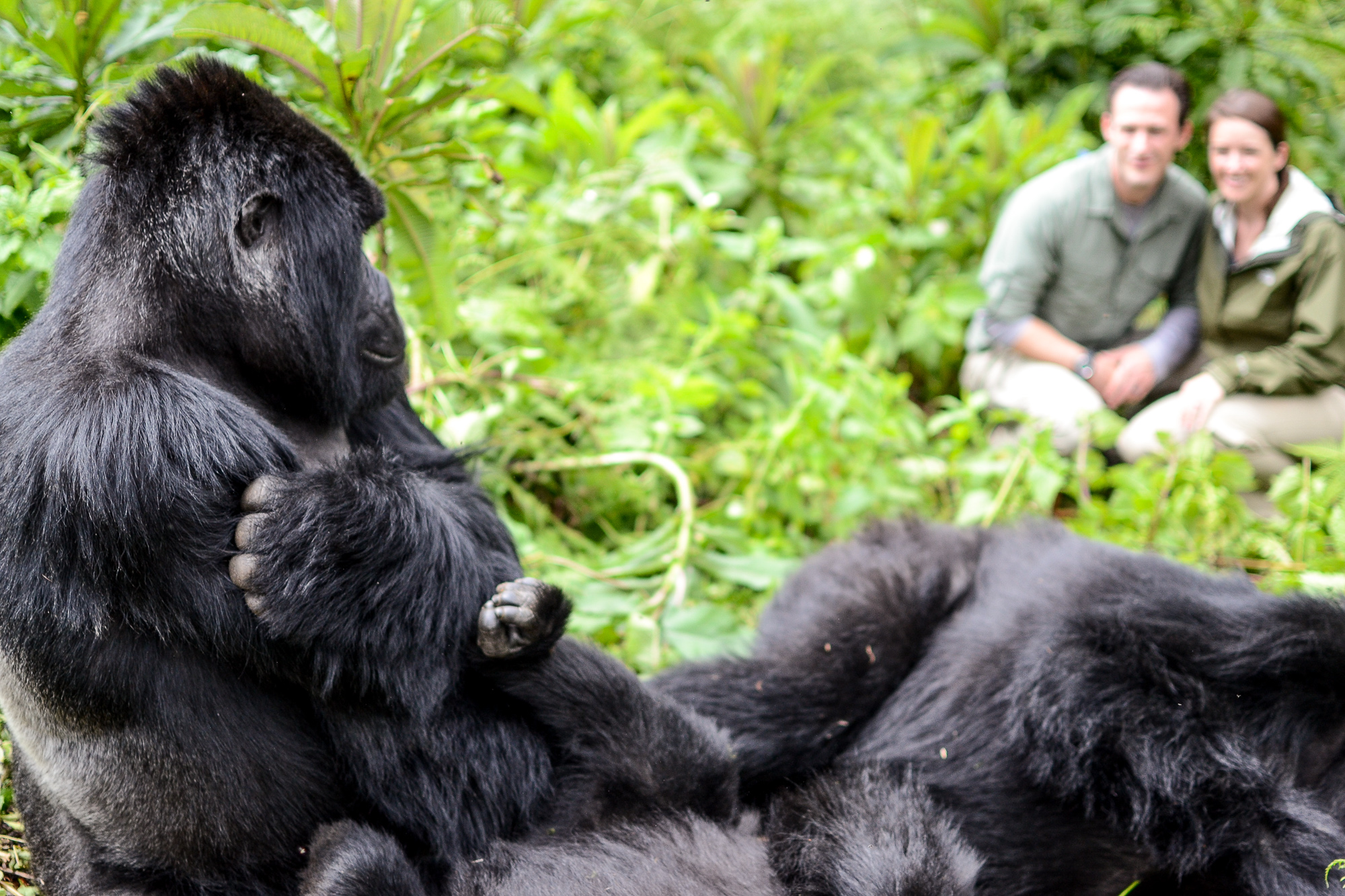
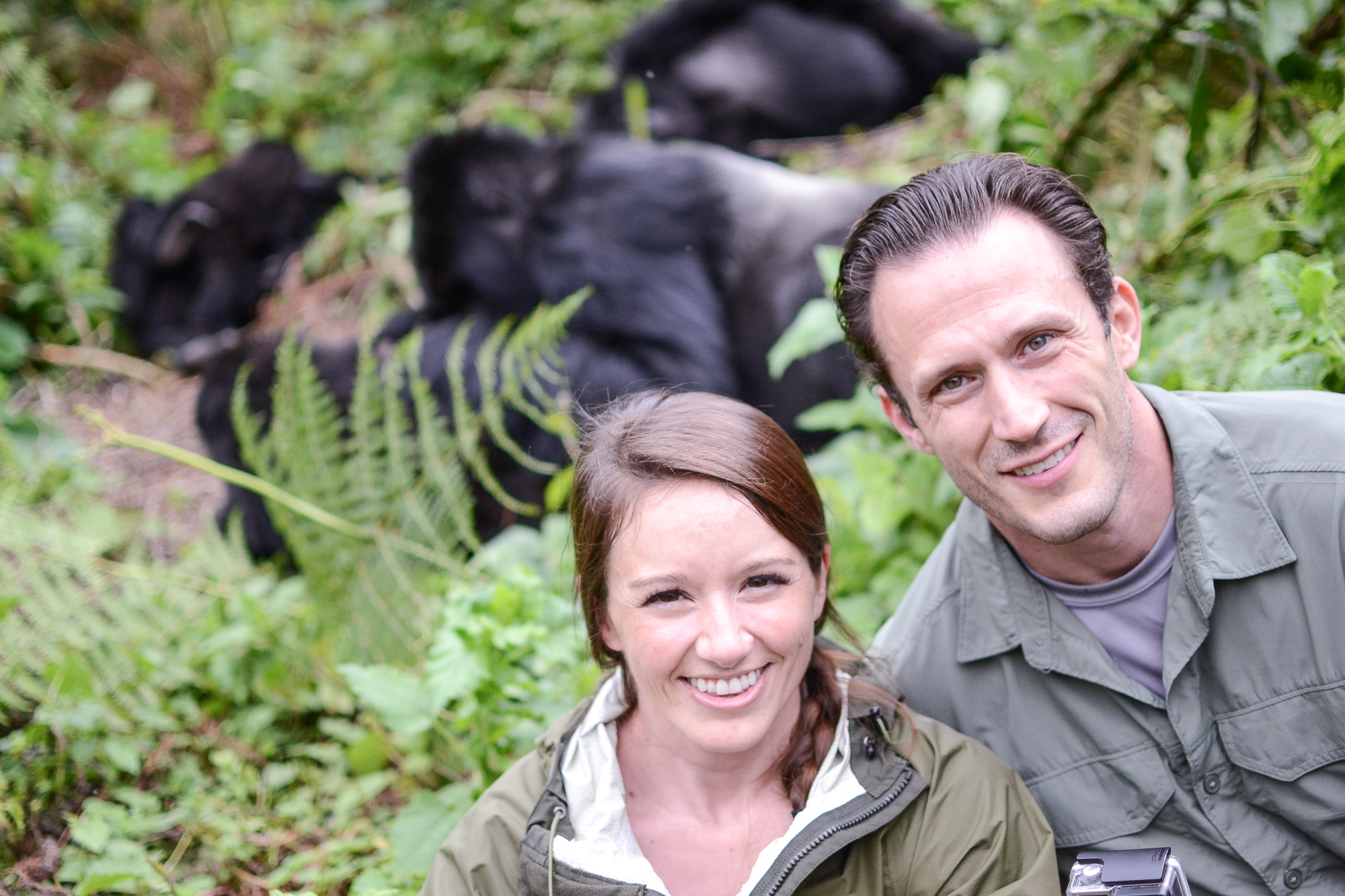
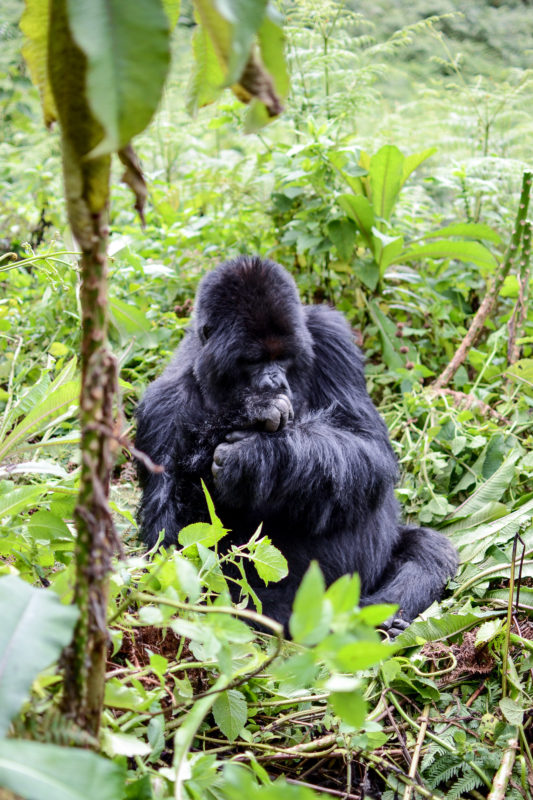
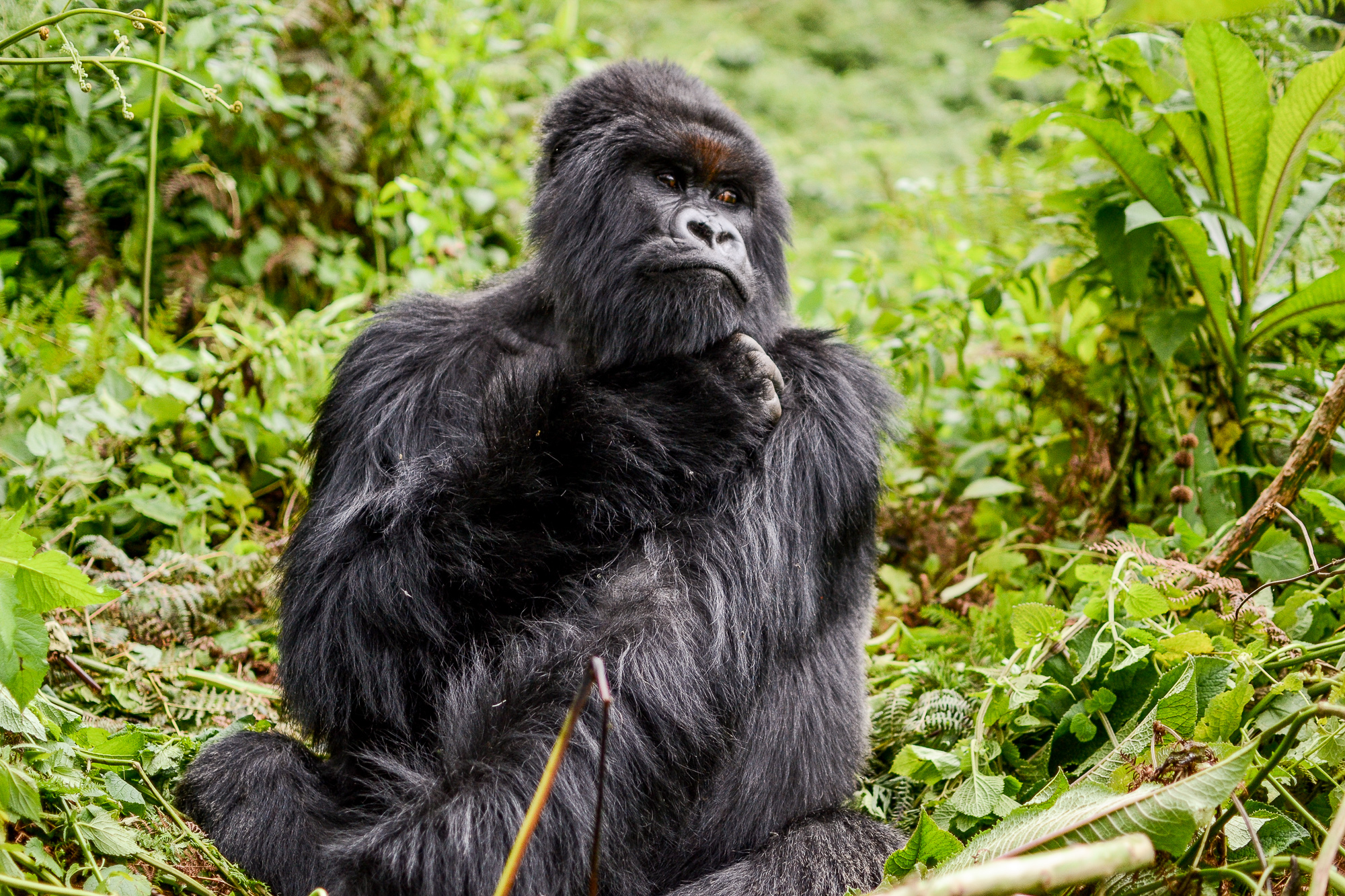
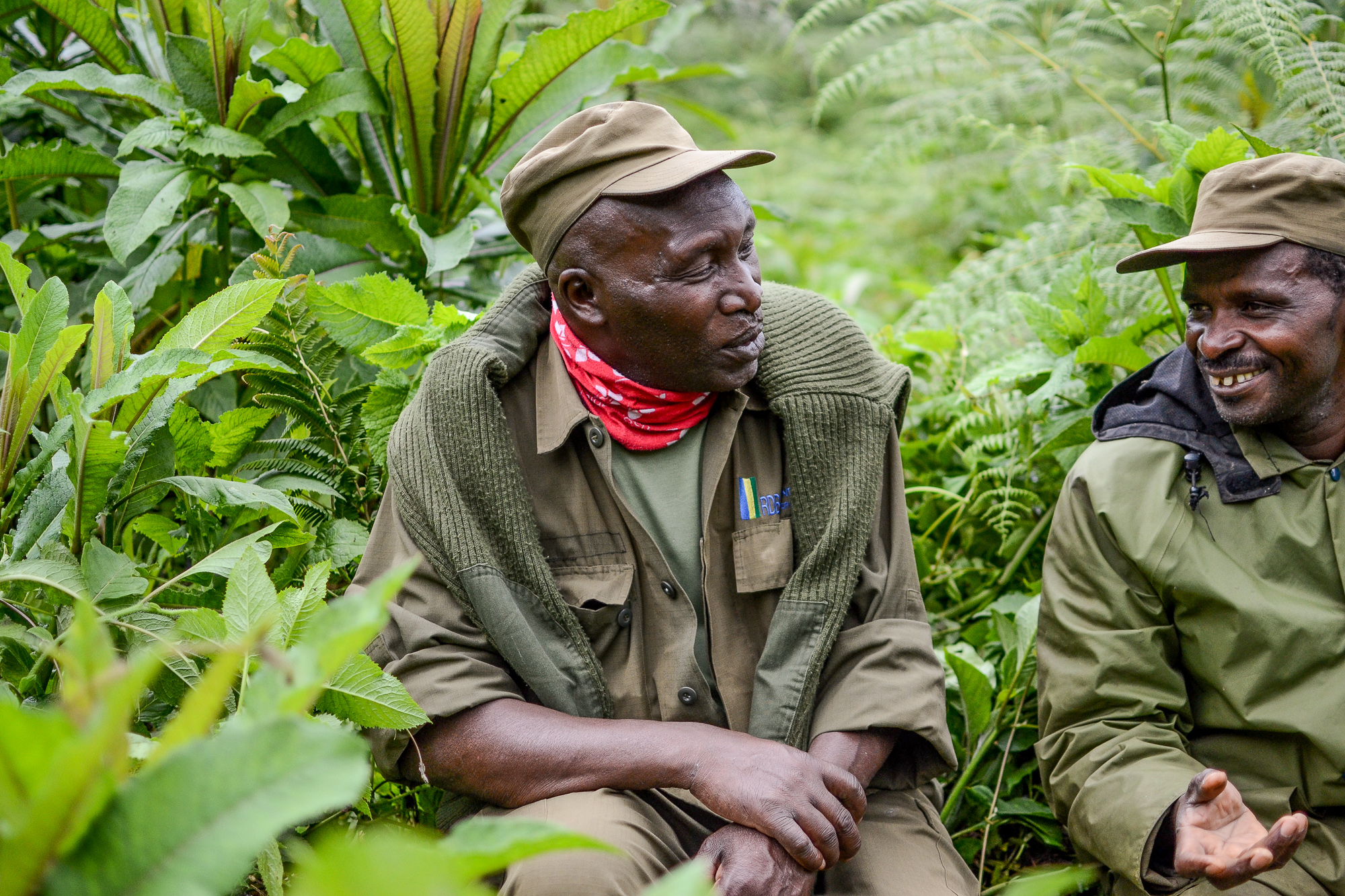
PIN THIS
